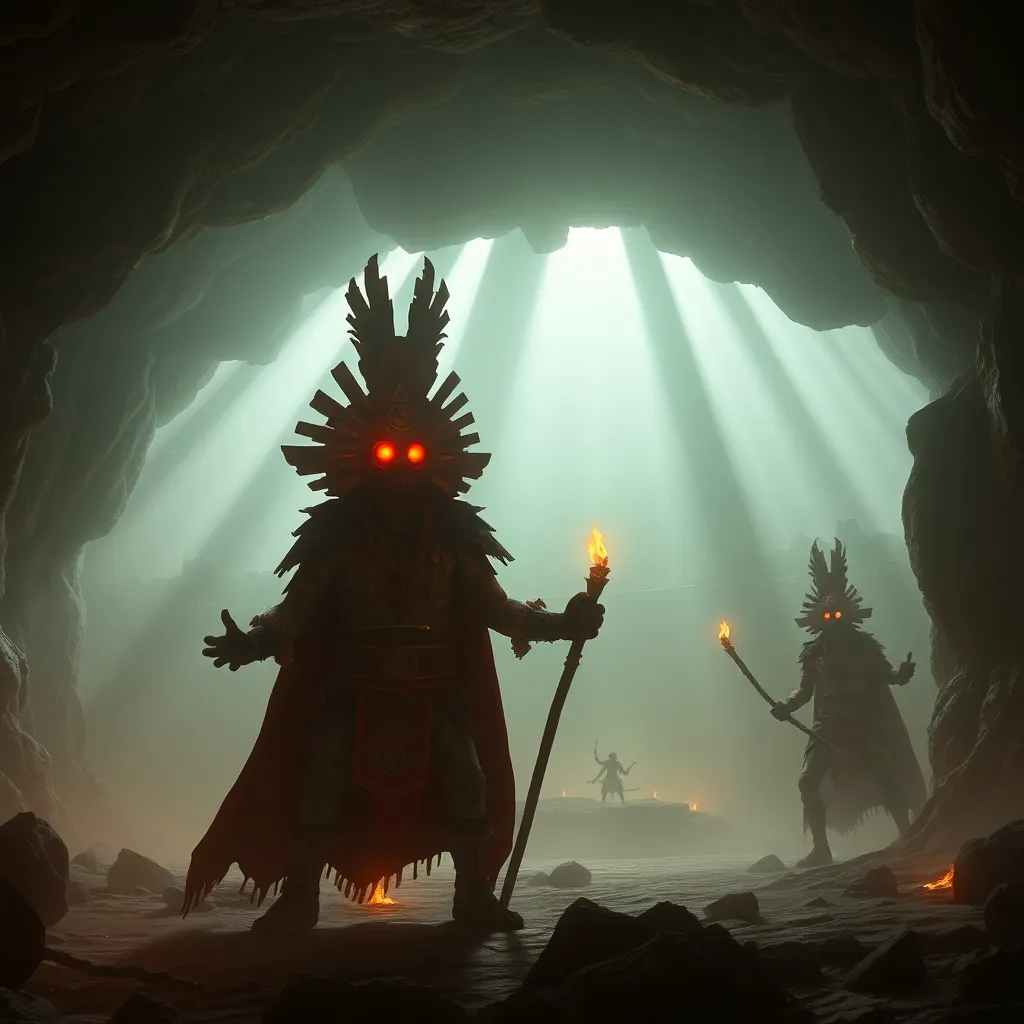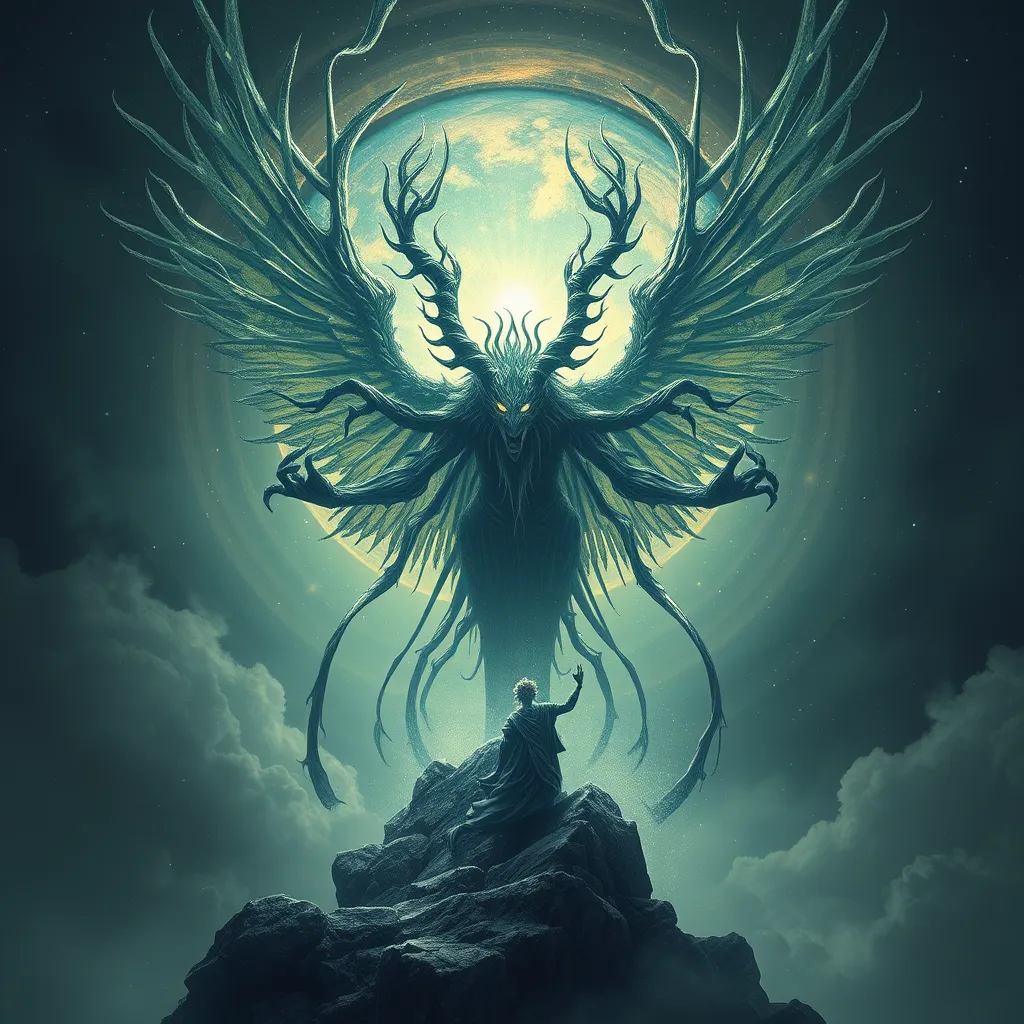The Naga’s Love: Tales of Human-Naga Relationships
I. Introduction
Naga mythology is a rich tapestry woven into the cultural narratives of many Asian societies, particularly in Hinduism and Buddhism. These serpent-like beings embody both the tangible and the mystical, bridging the realms of the human and the divine. In various cultures, Nagas are revered as protectors, symbols of fertility, and sometimes as harbingers of misfortune.
This article aims to explore the complex relationships between humans and Nagas through the lens of folklore and personal accounts. By delving into these narratives, we can gain insight into the symbolic significance of Nagas in love and relationships, as well as their impact on cultural practices and beliefs.
II. Understanding the Naga: Mythical Creatures and Their Origins
The Naga is depicted differently across various cultural landscapes:
- Hinduism: In Hindu mythology, Nagas are often depicted as divine serpents, protectors of treasures and water bodies. They are associated with Lord Shiva and are considered guardians of the underworld.
- Buddhism: In Buddhist texts, Nagas are viewed as protectors of the Buddha and his teachings. They are often depicted in art as beings who can transform between human and serpent forms.
- Indigenous Cultures: In many indigenous cultures of Southeast Asia, Nagas are integral to creation myths and local folklore, often representing the spirit of water and fertility.
The historical context of Naga lore reveals their evolution from ancient mythological figures to contemporary symbols of cultural identity. Over centuries, the stories of Nagas have been adapted, maintaining their significance while reflecting changing societal values.
III. The Symbolism of Naga in Love and Relationships
Nagas hold profound symbolism in matters of love and relationships:
- Fertility: In several cultures, Nagas are associated with fertility, often linked to agricultural cycles and the vitality of life.
- Protection: They are believed to offer protection to those who honor them, making them important figures in marital and familial relationships.
However, the dual nature of the Naga is equally significant. They are regarded as benevolent protectors but can also embody malevolence, particularly when disrespected. This duality adds complexity to their relationships with humans, where love can intertwine with fear and reverence.
IV. Folkloric Tales of Human-Naga Romance
Across South and Southeast Asia, numerous folkloric tales highlight the romantic entanglements between humans and Nagas:
- The Legend of Manasa Devi: In Bengal, the goddess Manasa is worshipped as a Naga deity who falls in love with a human. Their union represents the blending of divine and earthly realms.
- The Tale of the Naga Prince: A popular story in Laos involves a beautiful human woman who captures the heart of a Naga prince. Their love transcends the boundaries of their worlds, illustrating the theme of forbidden love.
- The Romantic Tragedy of Naga and Human: Many tales depict the tragic consequences of Naga-human love, often involving sacrifice and loss, reflecting the complex nature of such relationships.
Common themes in these tales include transformation, sacrifice, and the reconciliation of different worlds. These stories not only entertain but also serve as moral lessons, emphasizing the importance of respect and understanding in relationships.
V. Modern Interpretations and Representations
In contemporary literature, film, and art, Nagas continue to captivate audiences:
- Literature: Modern authors often reinterpret Naga myths, exploring themes of identity and belonging through the lens of Naga-human relationships.
- Film: Films such as “The Naga’s Kiss” depict romantic dramas involving Nagas, often blending traditional lore with modern storytelling techniques.
- Art: Artists represent Nagas in various forms, from traditional paintings to contemporary installations, emphasizing their cultural significance and mystique.
The evolution of human-Naga relationships in modern narratives reflects a growing interest in mythology and its relevance to contemporary social issues, such as intercultural understanding and environmental stewardship.
VI. Personal Accounts and Anecdotes
Many individuals claim to have experienced connections with Nagas, sharing their stories and insights:
- Interviews: In interviews, some individuals recount dreams or visions of Nagas, describing feelings of protection or guidance.
- Community Stories: Local folklore often includes accounts of individuals who have encountered Nagas, reinforcing the belief in their existence and influence.
These personal accounts carry significant cultural weight, illustrating the ongoing relevance of Naga mythology in people’s lives and their relationships with nature and the divine.
VII. The Impact of Naga Relationships on Culture and Society
Naga relationships significantly impact local culture and society:
- Rituals: Various rituals and festivals celebrate Naga deities, reinforcing community bonds and cultural identity.
- Customs: Local customs often include offerings to Nagas for protection and blessings in marriages and agricultural initiatives.
The influence of Naga lore on community bonding is profound, as these stories and rituals foster a sense of belonging and shared identity among people.
VIII. Conclusion
The enduring fascination with Naga-human relationships reflects a deep-seated human desire to connect with the mystical and the unknown. These tales serve as a reminder of the complexities of love, reverence, and the interplay between the natural and supernatural worlds.
Ultimately, the importance of myth in shaping human experiences and relationships cannot be overstated. As we explore these narratives, we uncover not only the stories of the Nagas but also the reflections of our own lives and relationships within the intricate tapestry of cultural lore.



